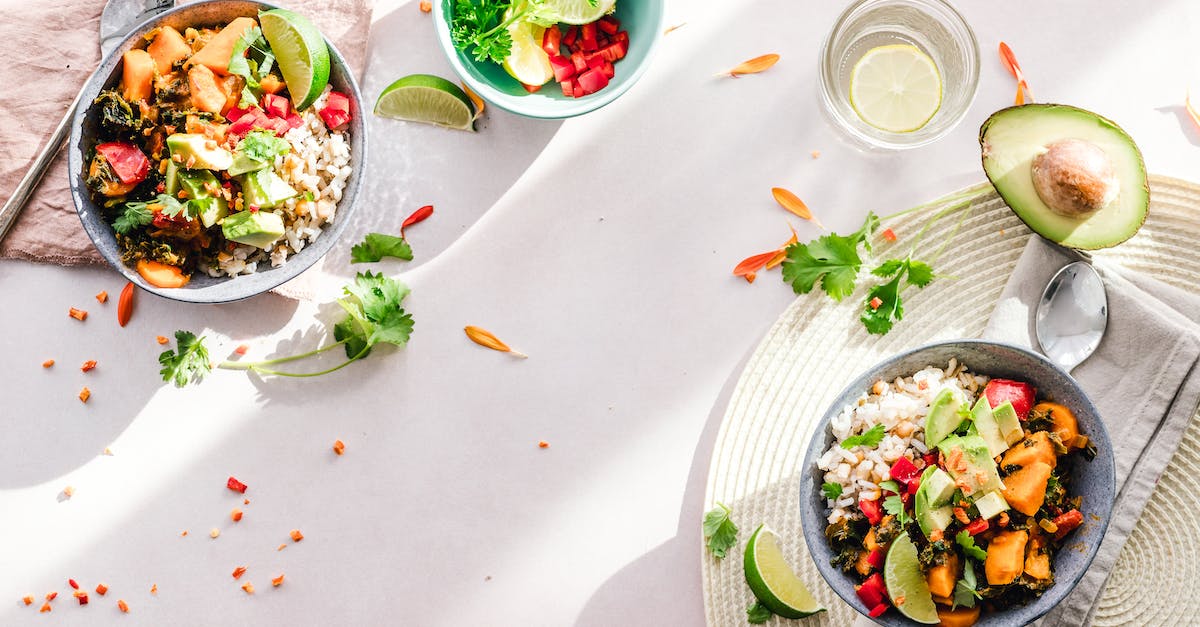The benefits of having a year’s worth of food storage

Kelsey Shaw, a -year-old mother of three, started preserving food from her -acre farm when the family moved to Crown Point, Indiana, in September . Shaw taught herself how to preserve everything from pickles to beef stew, using methods such as dehydration and water-canning, in order to keep her cupboards stocked. It takes Shaw three months to preserve all the food, after which she has enough to feed her family for the next eight months.
Shaw started preserving food so her family could eat homegrown food all year round, but it also means she is prepared for any natural disaster or pandemic that could cause an issue in the supply chain.
Shaw, a stay-at-home mom and photographer, said: “When we moved to the farm we wanted to live a slower lifestyle and wanted to know what we were eating and where it was coming from. I taught myself how to can and preserve foods so that we would have access to fresh food even during the winter months.
“Preserving food is a skill that takes time and effort to learn. I spend at least two hours a day in the garden, and then the process of preserving things can take days as I go back to things in stages. I’m very proud every time I walk in the pantry and see that I have it stocked up to feed us about two meals a day from October through to May. This came in handy during the pandemic as we didn’t have to worry about running out of food.
After moving from Highland, Indiana to her family’s farm in Crown Point with her husband and three children, Shaw began to learn the art of preserving food. She started by watching videos and reading books on canning pickles, but has since expanded to preserving anything she can get her hands on. The family grows fresh fruits and vegetables, and raise chickens and dairy goats for their own consumption. Thanks to her efforts, the family has a stockpile of preserved meals that will last them through any lockdown or emergency.
“I preserve tomatoes in lots of different ways and try to use every part of the food we can,” Shaw said. “I use tomato skins and dehydrate them to make powder that can be added to meals. I also have ready-made tomato sauce and chopped tomatoes canned in my pantry.”
Shaw uses an inventory to track what she has in her pantry. “It does take a long time to do all of this preserving, but it’s worth it because I always have good food on hand,” she said.
“I often focus on one thing at a time,” she said. “For example, one day I’ll pick all the peppers and preserve them. The next I’ll do the tomatoes.” Shaw also keeps her pantry fully stocked with items she can’t grow, such as flour, rice, and pasta. “We’re minutes from a supermarket, so I often go every two weeks just to keep us stocked on those kinds of things,” she said. “We eat as fresh as we can and have eggs from our chickens for breakfast. We try to be zero waste, so food scraps are given to the chickens or composted.
Conclusion
In conclusion, Shaw’s methods for preserving tomatoes are both time-consuming and effective. Her pantry is always stocked with delicious, healthy food as a result.








